December 4, 2023
Mycetoma is said to be “one of the most neglected tropical diseases” due to the low level of disease awareness (not only among patients and their families but also healthcare professionals), scarce epidemiological data, including the number of patients and their locations, and lack of established treatment guidelines. Eisai and our partner DNDi (Drugs for Neglected Diseases initiative) have conducted clinical development for a treatment for mycetoma, and are preparing for regulatory filing in Sudan. We interviewed two of our project leaders who are earnestly working to overcome the challenges which are unique to the most neglected tropical disease.
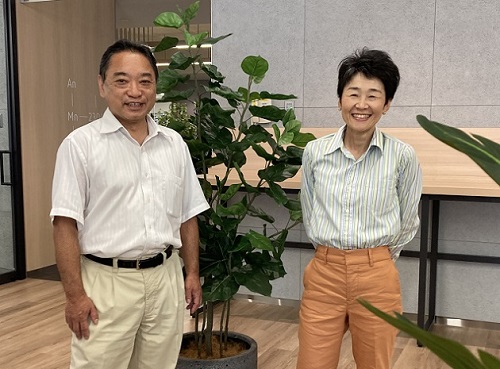
Dr. Katsura Hata, Deep Human Biology Learning (DHBL)
Microbes & Host Defense Domain (MHD) Discovery Lead, Eisai Co., Ltd.
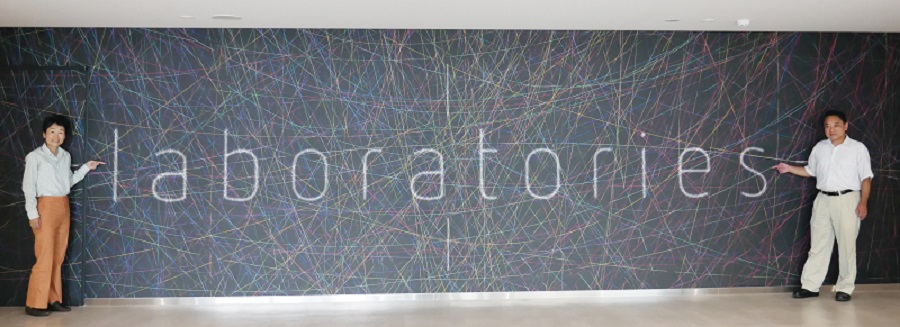 At the renovated Tsukuba Research Laboratories
At the renovated Tsukuba Research LaboratoriesTell us about the history of E1224 and how you found collaborative partners.
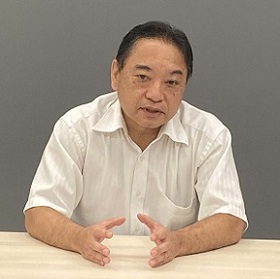
Dr. Hata: Eisai’s research on infectious diseases started around 1980 when Tsukuba Research Laboratories opened. In 1990, a research project aiming to develop treatment for mycosis started, leading to the discovery of ravuconazole and the development of its prodrug, fosravuconazole (E1224), with enhanced solubility and bioavailability.
After Professor Urbina at Venezuelan Institute of Scientific Research reported that ravuconazole showed potent activity against a parasite that causes Chagas disease, DNDi proposed to collaborate on development. Although we conducted a Phase II study in Bolivia, unfortunately, the efficacy was not verified in this study.
In 2014, a team led by Professor Fahal at the Khartoum University Mycetoma Research Center (MRC) in Sudan reported that ravuconazole showed antimycotic activity against the pathogen that causes eumycetoma. This finding led to the new joint development of fosravuconazole with DNDi as a potential new treatment for mycetoma in 2015. In 2017, we initiated the first-ever double-blind randomized clinical trial for eumycetoma with DNDi and MRC in Sudan to evaluate the efficacy of fosravuconazole. Currently, we are preparing for regulatory filing in Sudan.
Although the development of fosravuconazole has had its ups and downs, such as licensing-out to a partner, and the study which failed to show efficacy for Chagas disease, we were able to continue our research for fosravuconazole, which has excellent properties as a compound, with the help and wisdom of many people through various encounters. In addition, I believe that it was thanks to Eisai's unique environment that the leadership team let us continue our research, believing it will be the seed of a new drug in future, and nurtured the research with us under the limited management resources. I believe that our spirit of not giving up as a company, as well as scientists, will lead to contribution to patients who are waiting for new drugs.
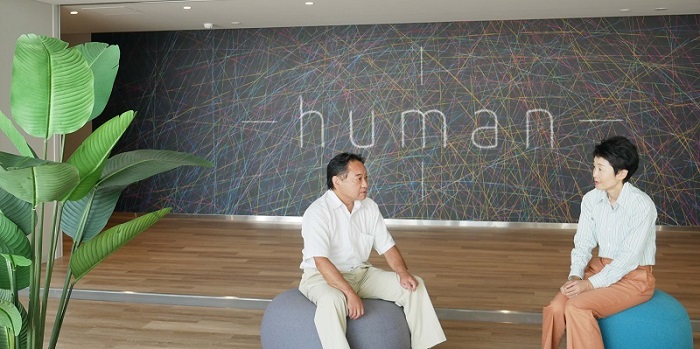
What are the difficulties in conducting clinical studies and what can be learnt from overcoming these challenges?
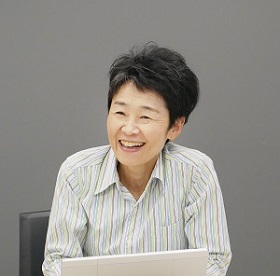
Dr. Nakano: The clinical trial was conducted at MRC with the lead of DNDi, which was not only the first double-blind clinical study in the world on mycetoma but also the first clinical trial conducted at MCR. For this reason, staff training was necessary in the first place, and therefore, multiple types of training were provided in Sudan and abroad before starting the clinical trial.
The most challenging part was finding patients and asking them to participate in the clinical trial. As many endemic areas are located in poor remote areas, with Sudan being no exception, the healthcare system is not adequate or as we would expect. Patients don’t think of seeing a doctor when they have something wrong with their health, their first choice in endemic areas being shamans. They also do not have knowledge about many diseases including mycetoma, and do not think of treating diseases by taking drugs whose efficacies are proved by scientific evidence.
In the current situation, patients may not necessarily visit a hospital to start treatment even if the drug is granted regulatory approval and becomes available for use. We have been working with the NPO Association for Aid and Relief (AAR Japan) to raise awareness of the disease in endemic areas in Sudan, dispatch medical teams to provide diagnosis and treatment to patients, and provide training for healthcare providers. However, there are so many things which will be needed in the future in the various environments surrounding patients, such as epidemiological surveys, establishment of treatment guidelines, promotion of disease awareness, development of diagnostics, and improvement of healthcare systems in endemic countries. Our work is not just about developing medicines, but it is about improving the lives of patients and people around them when they take our medicine and see its effects. We proceed one step at a time to deliver medicines to as many patients as soon as possible through continuously promoting collaboration by leveraging our partnerships.
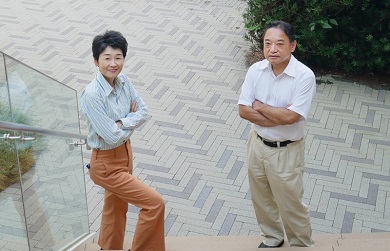
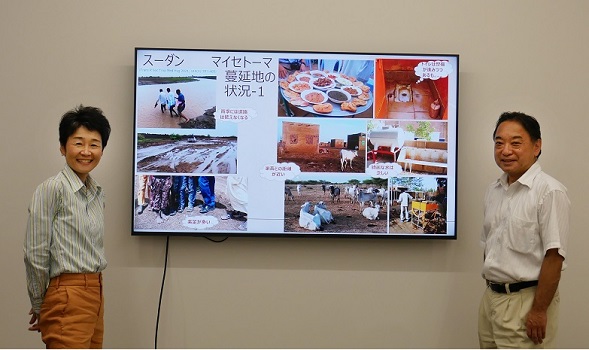
What kind of long-term social good can be expected from the initiatives for neglected tropical diseases?
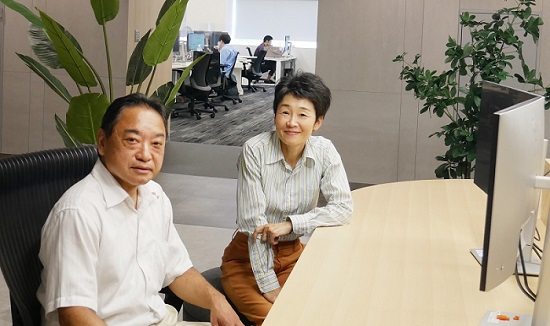
Dr. Nakano: I believe promoting Eisai’s initiatives for mycetoma is possible because of our hhc concept. Improving conditions for patients is exactly our “mission”, and we think that when we achieve our mission, “sales and profits” will follow. I believe that it was only possible with hhc concept, which enabled us to try and start the development with a potentially effective medicine in our hand. Currently, Sudan is in a difficult situation and the situation of patients has not been improved there, but we are steadily proceeding with our preparations for regulatory filing.
Please refer to the following page to learn more about the hhc concept.
https://www.eisai.com/hhc/index.html
Dr. Hata: It is significant for us that initiatives for neglected tropical diseases including mycetoma are defined as our business domain led by the hhc concept. Additionally, the experience of actually meeting patients in Sudan helps motivate us to lead our projects.
Dr. Nakano: I feel that we have shared empathy for the hhc concept from our partners. I believe that the hhc concept has universal value and appeal which connects people around the world. The concept serves to strongly underpin the mycetoma project which is not a matter that can be solved with money only.
Dr. Hata: In long-term perspectives, we can break the vicious cycle of infectious diseases and poverty, if people who suffer from tropical diseases recover and become able to work. I believe this is a part of our mission to effectively achieve social good in the form of relieving anxiety over health and reducing health disparities.
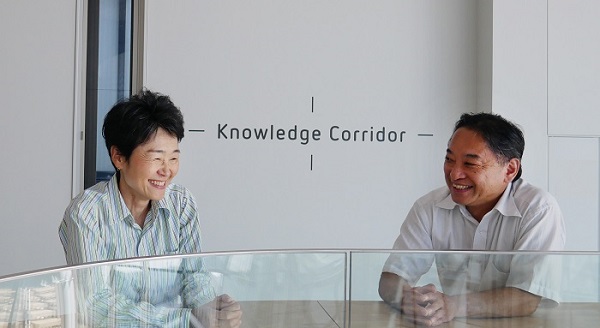
We have an aspiration to save children suffering from mycetoma in the future. We still have so many things to do.
Dr. Nakano: I learned that the patient population of mycetoma includes many children, and more children begin to develop the disease around the age of 7 or 8. As the disease progresses, children become unable to play outside and go to school, and eventually the disease affects whole aspects of their life, including finding work and spouse. I would like to help them to avoid being trapped in a vicious circle in early stages of their life. Given that additional data is required for obtaining a pediatric indication, it is expected to be difficult and time consuming. However, we have discussions with our partners to do our best to change the current situation. We still have so many things to do.
Dr. Hata: If the pediatric indication becomes available and treatment starts in the early stages of the disease, patients can avoid amputation of their legs. While this is not a straightforward path, we are aiming to start clinical studies as soon as possible through further collaborations with partners.
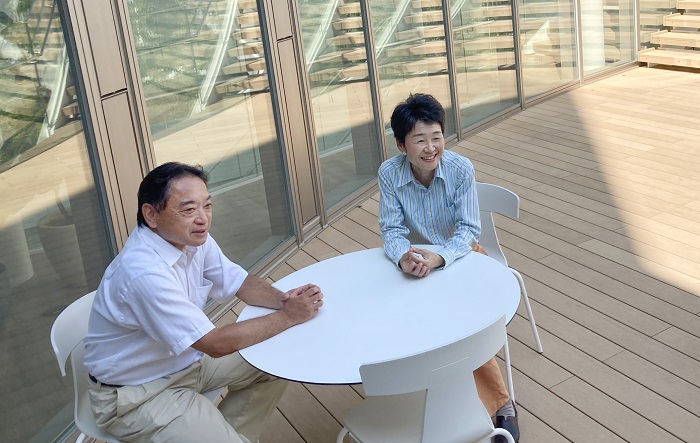
Please visit here to learn about Eisai’s activities for tropical diseases.
https://www.eisai.com/innovation/research/key_therapeutic_areas/ntds/index.html
Please visit here to learn more about mycetoma.
https://www.eisai.co.jp/sustainability/atm/ntds/diseases/mycetoma.html
